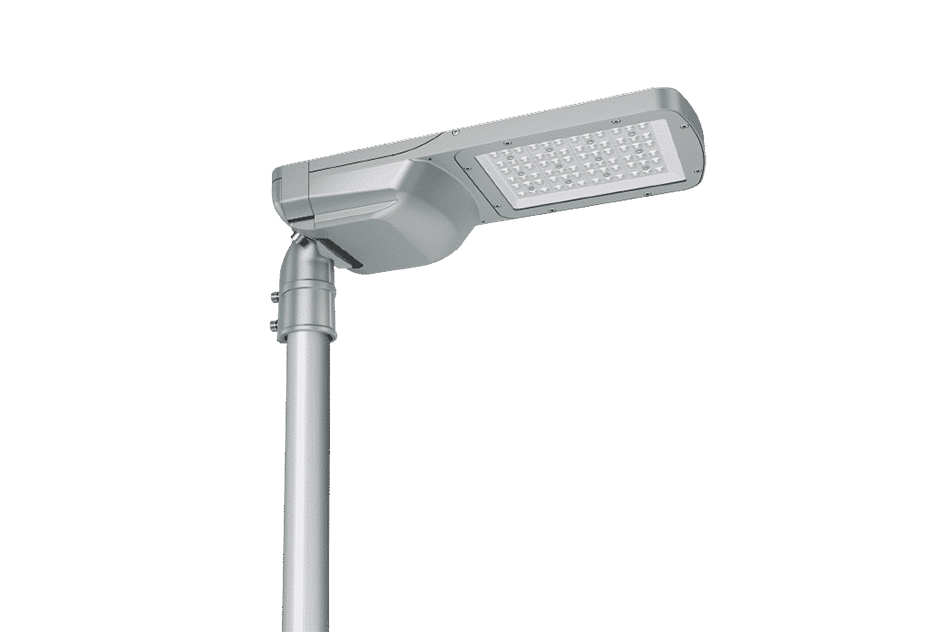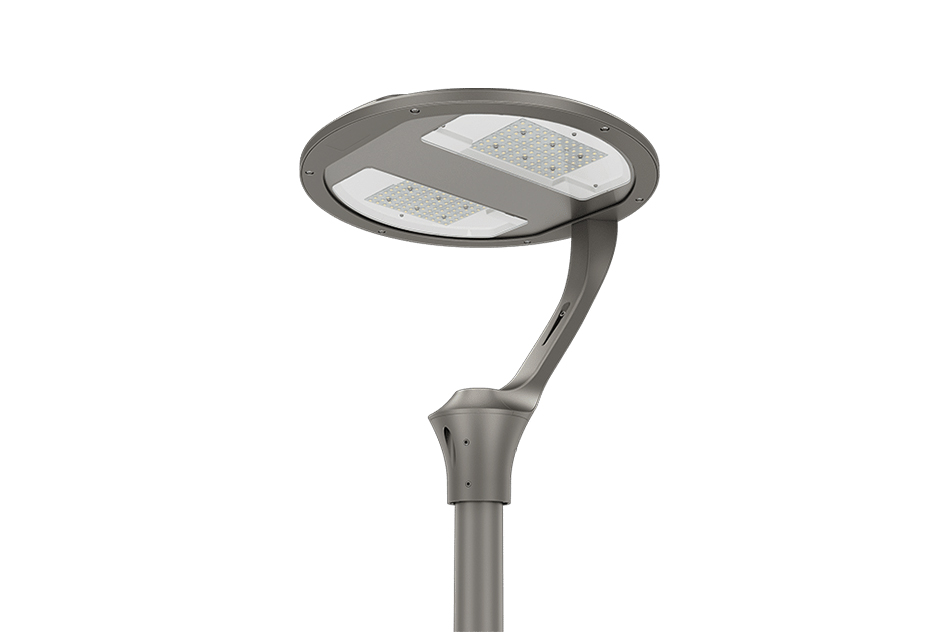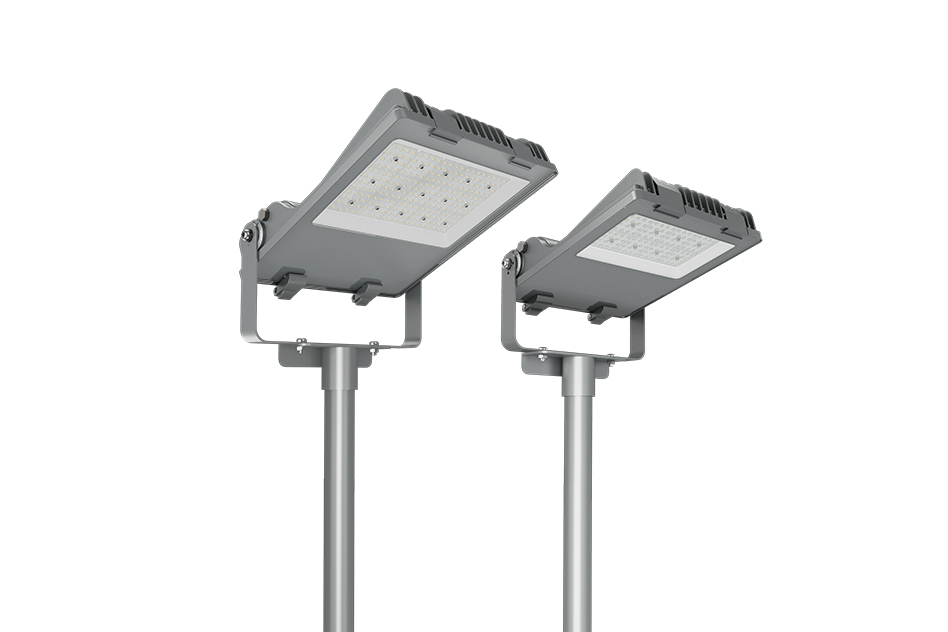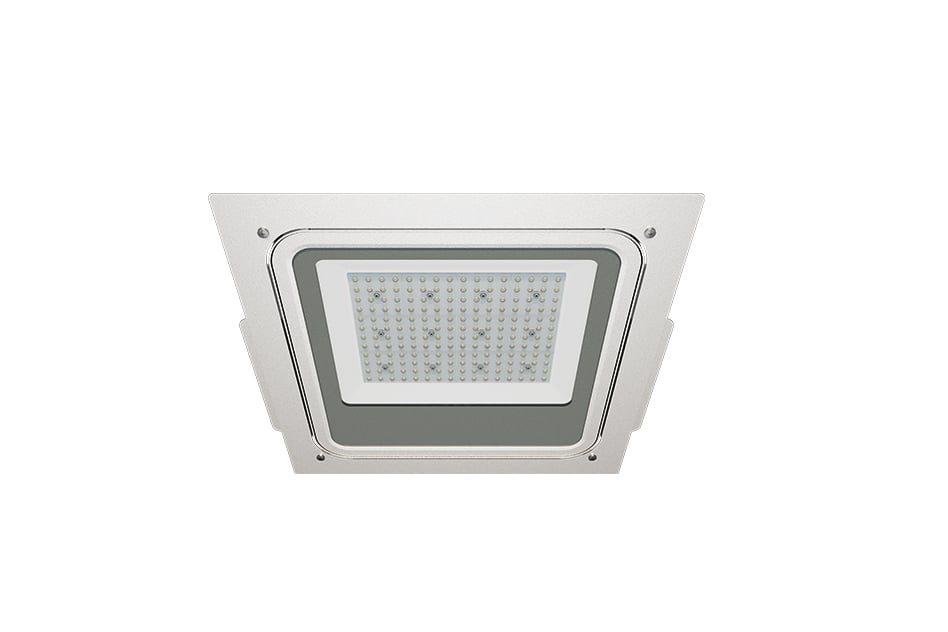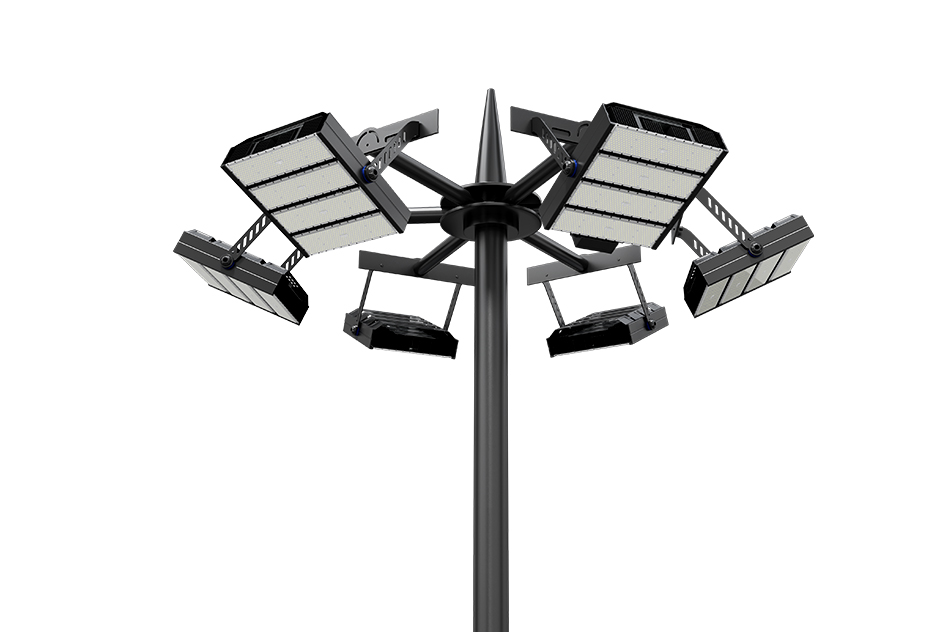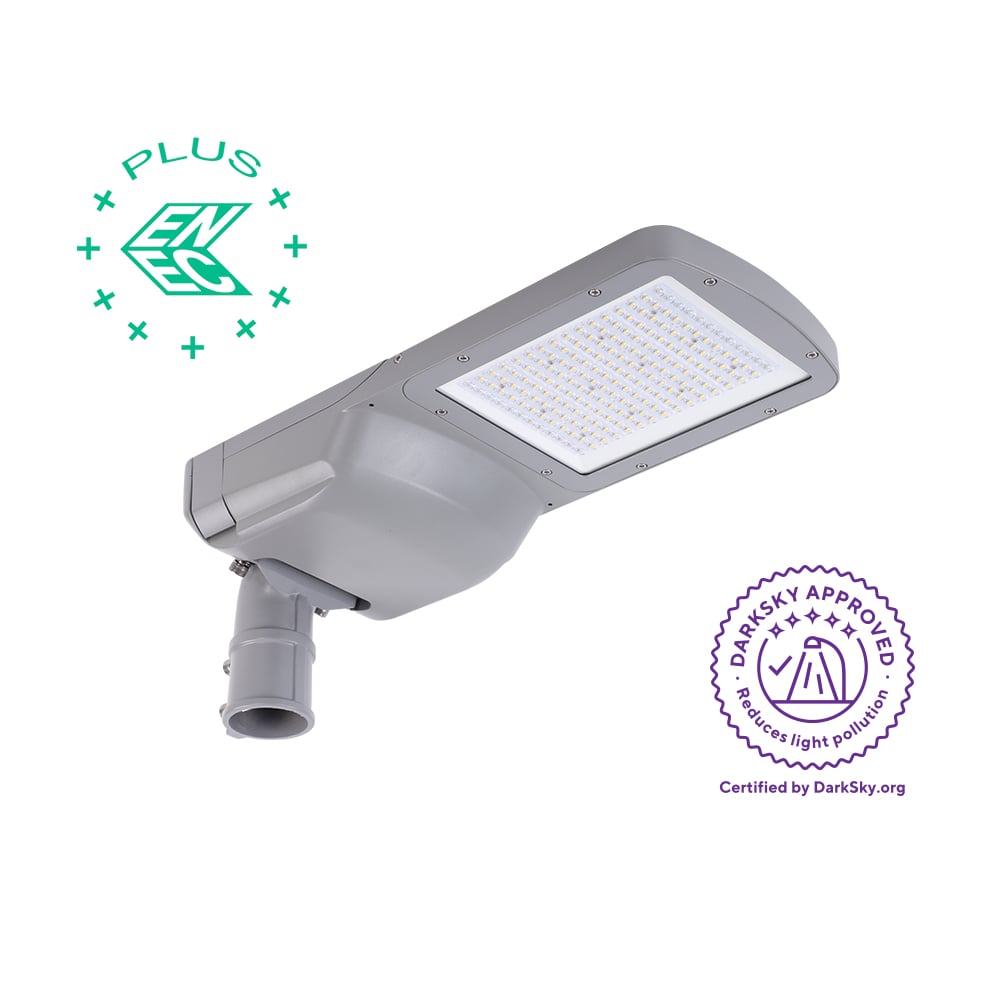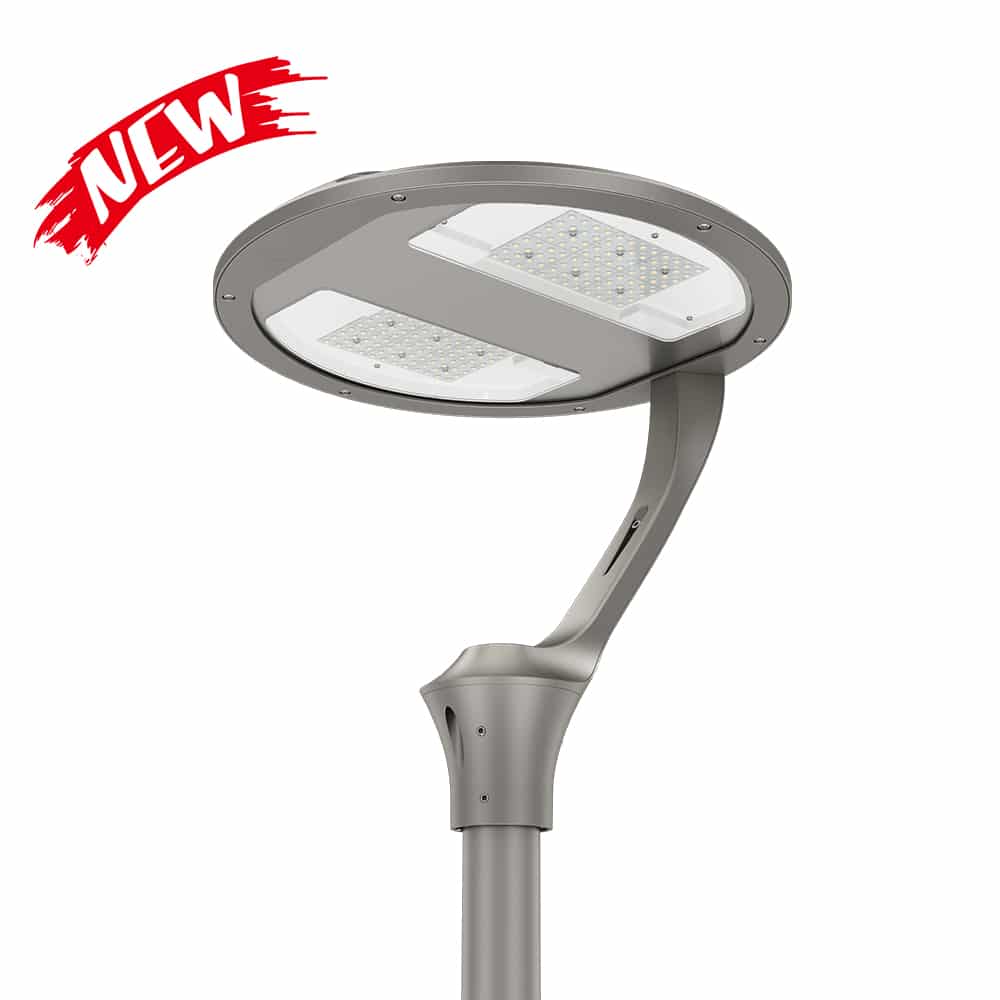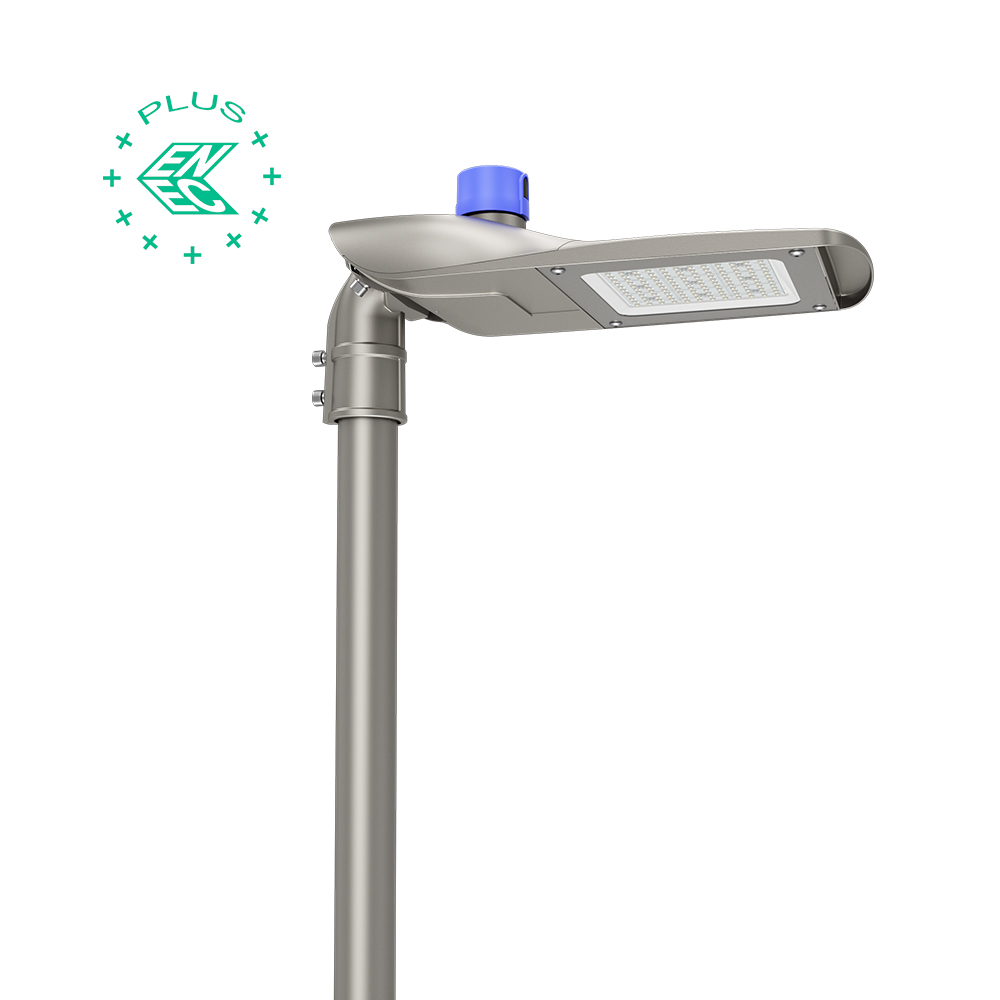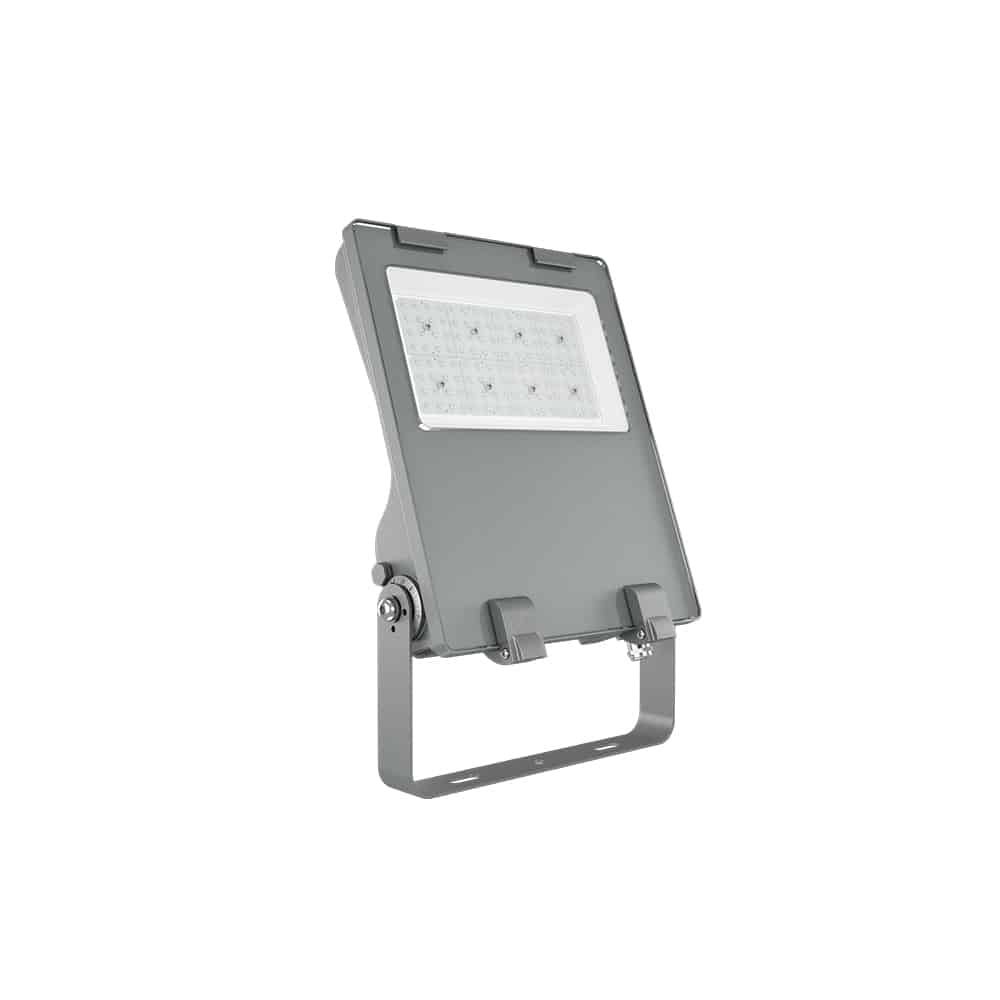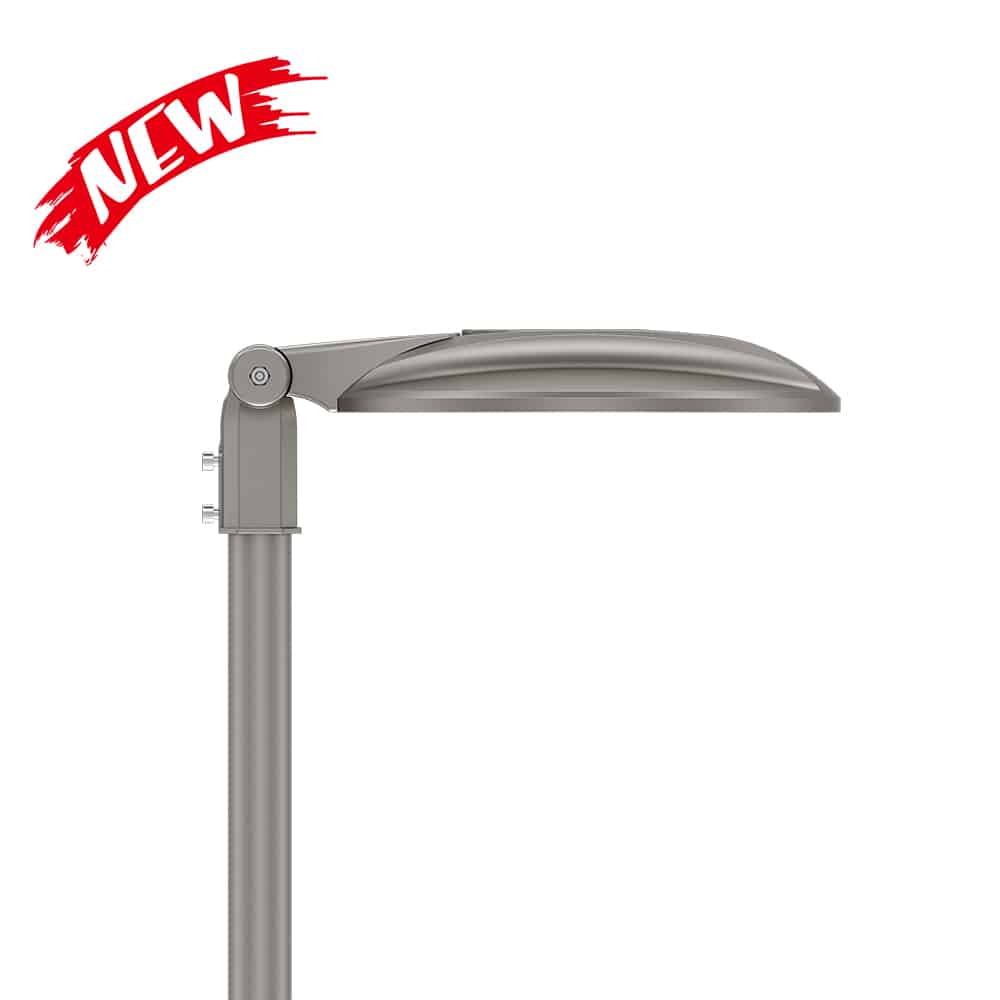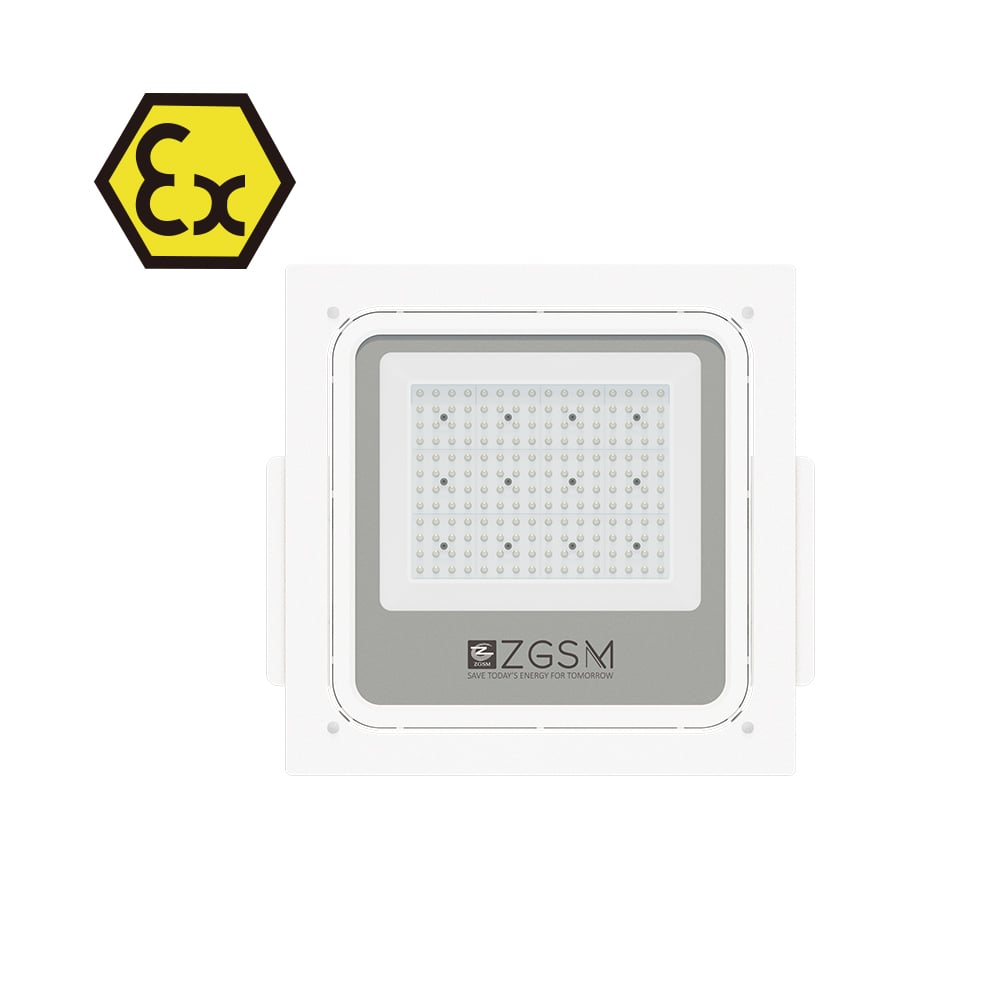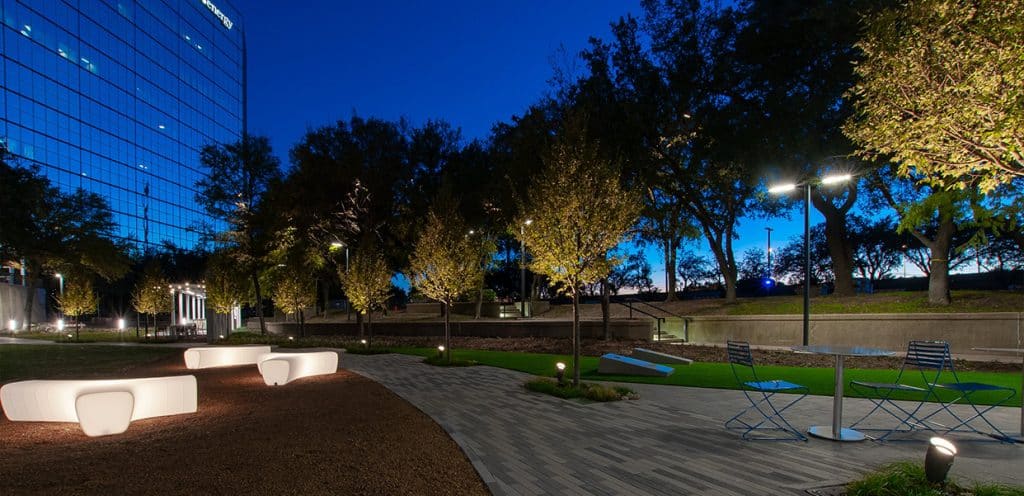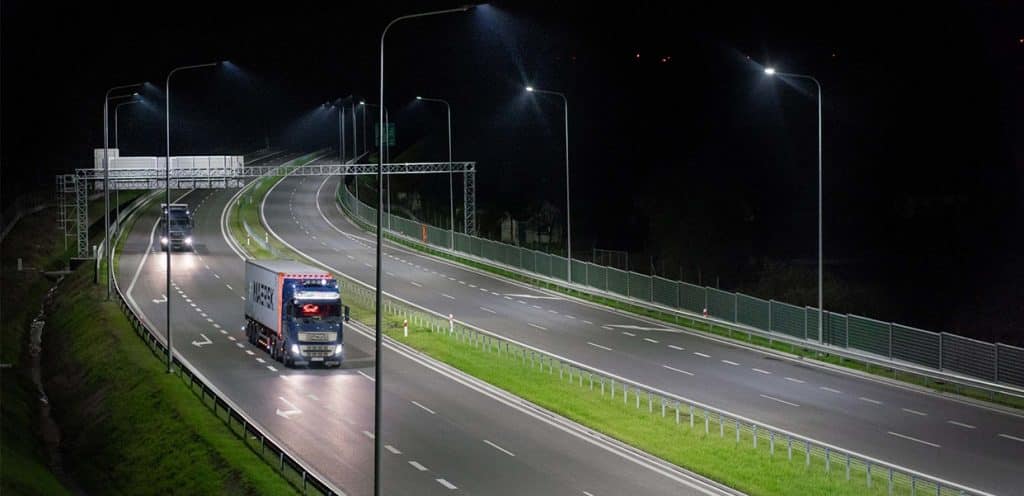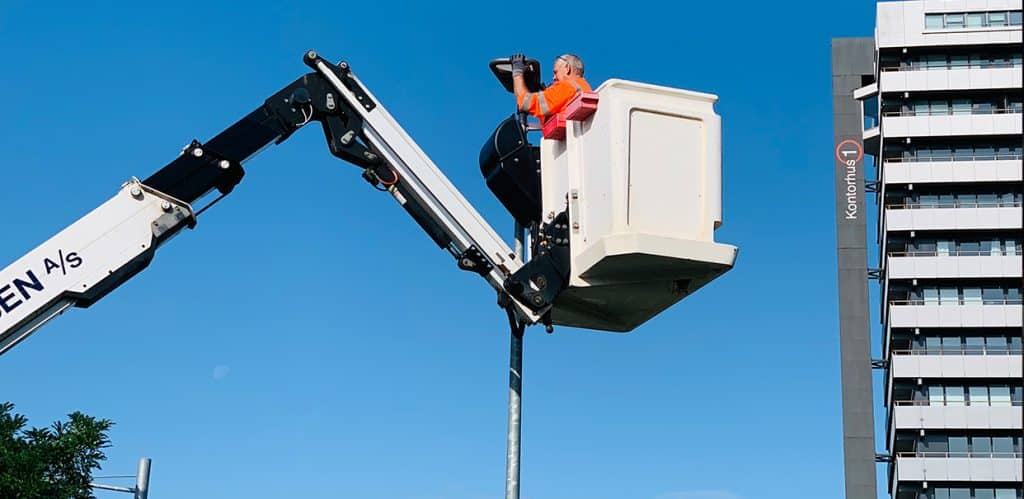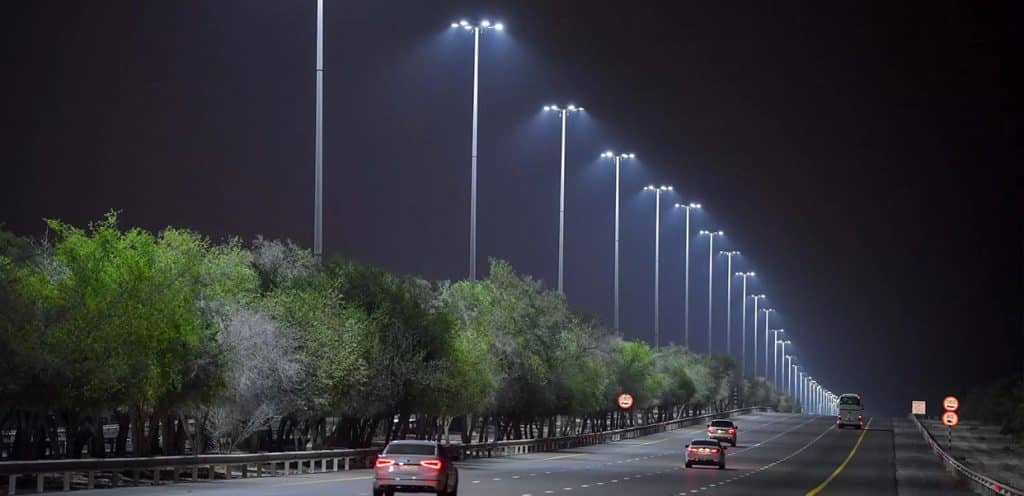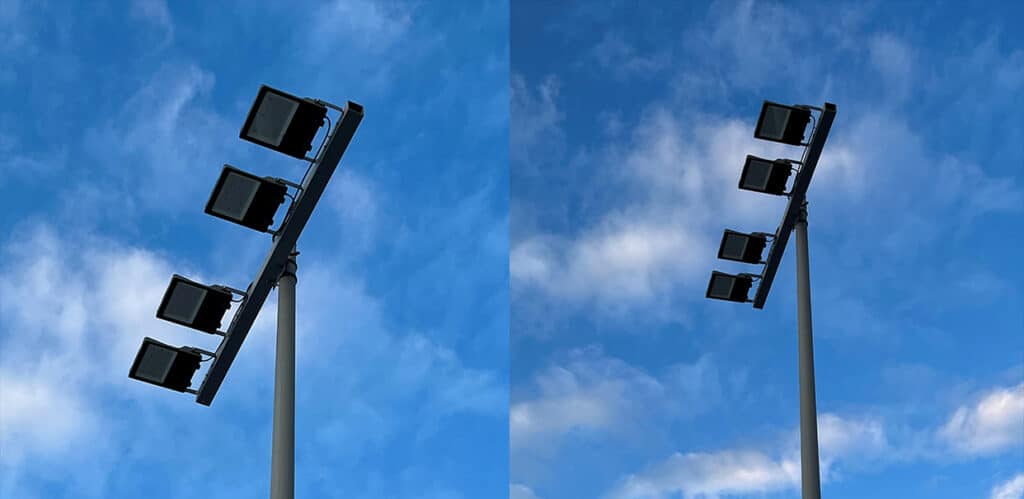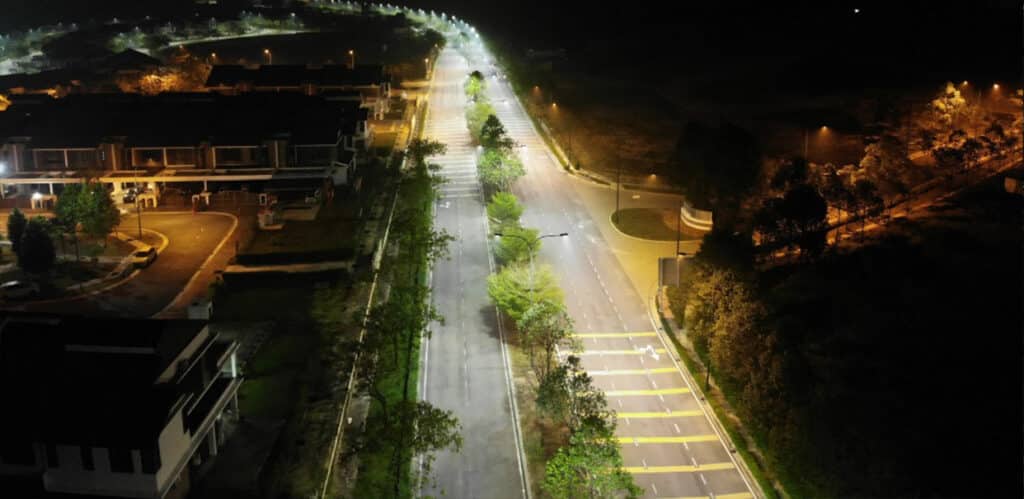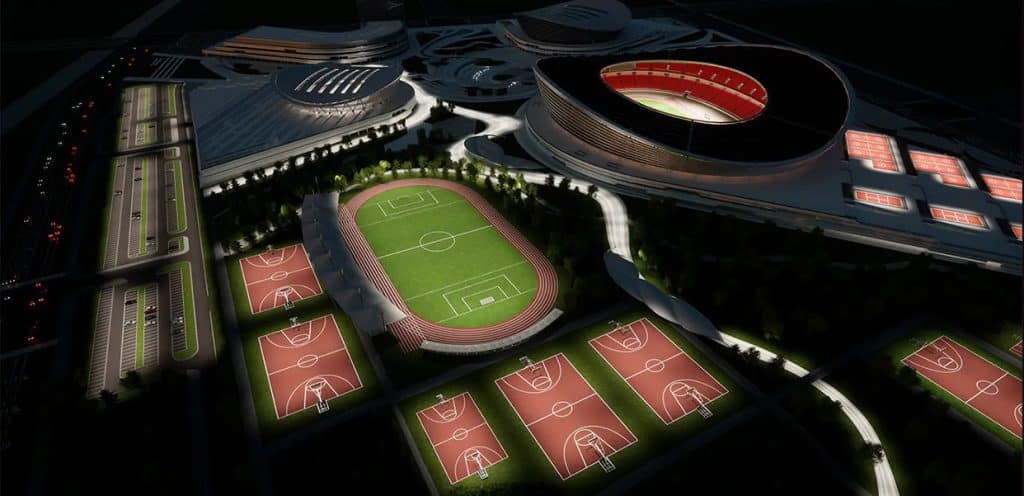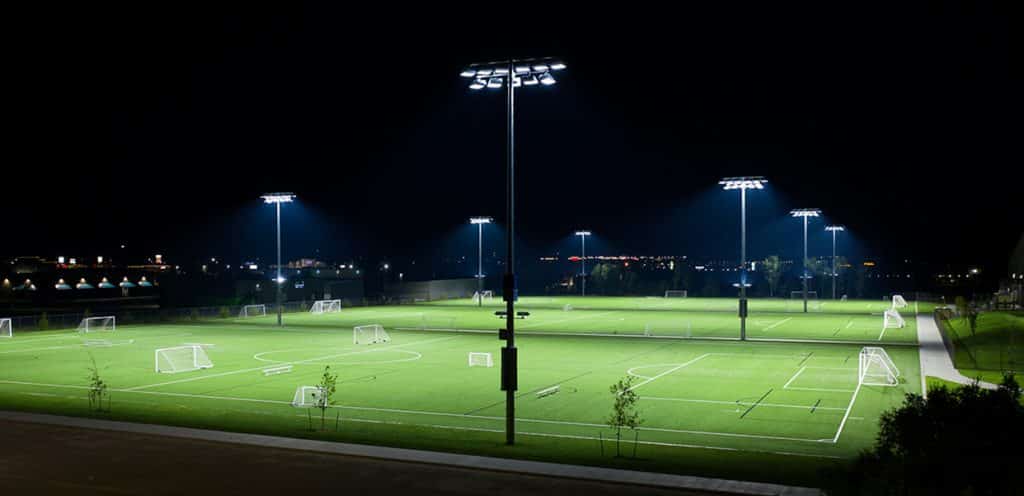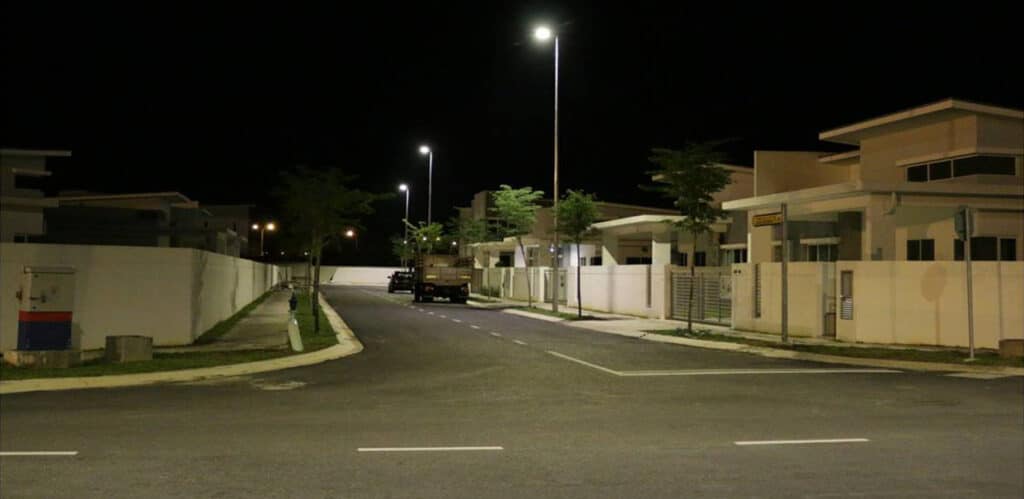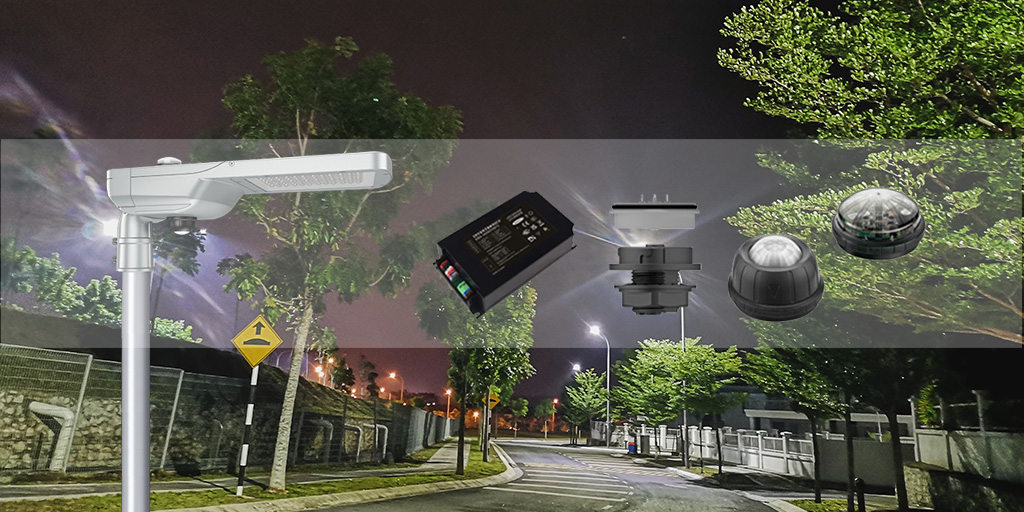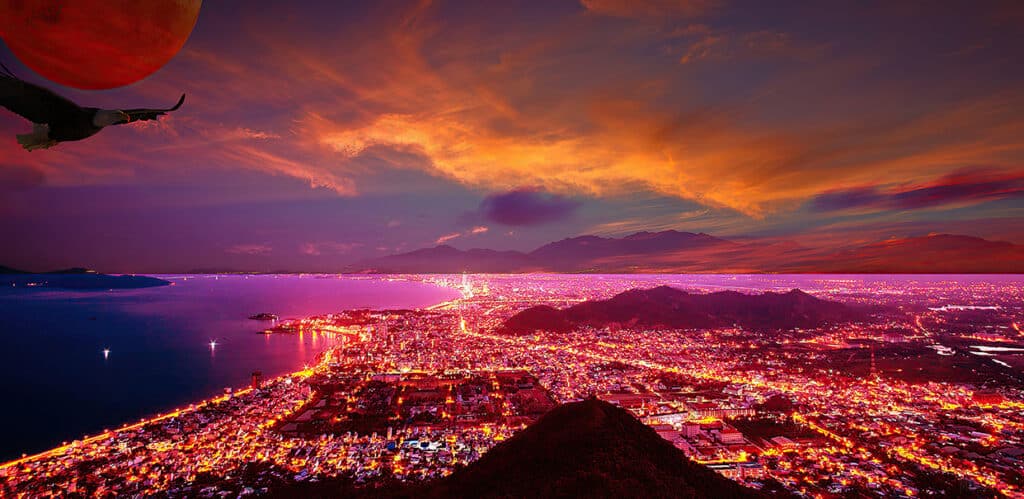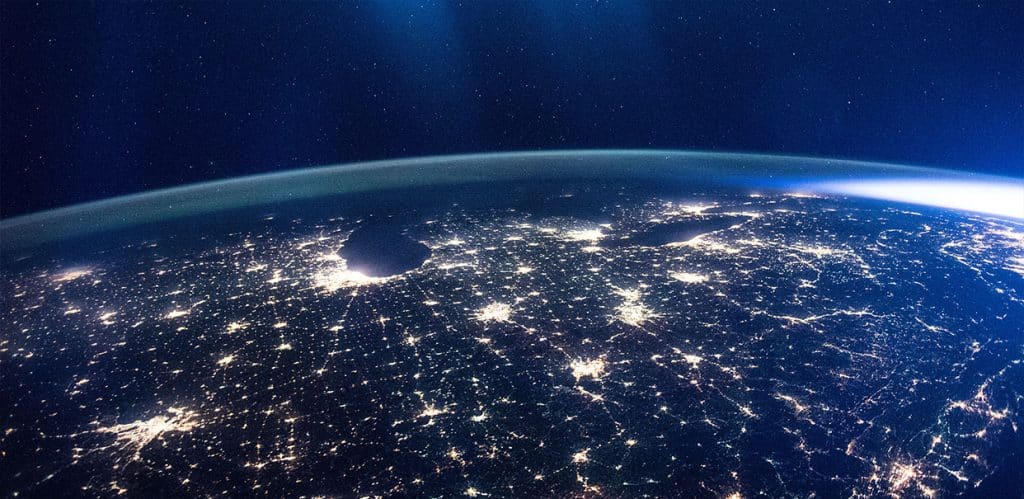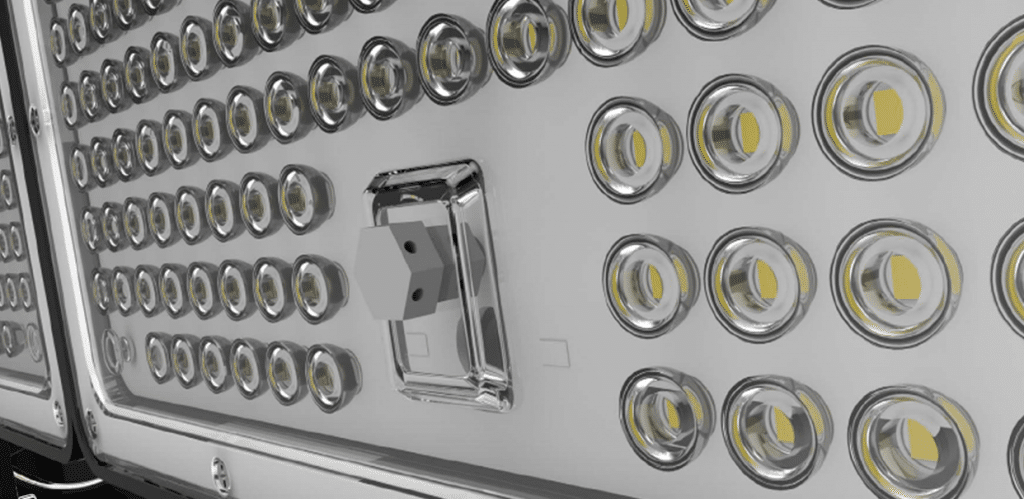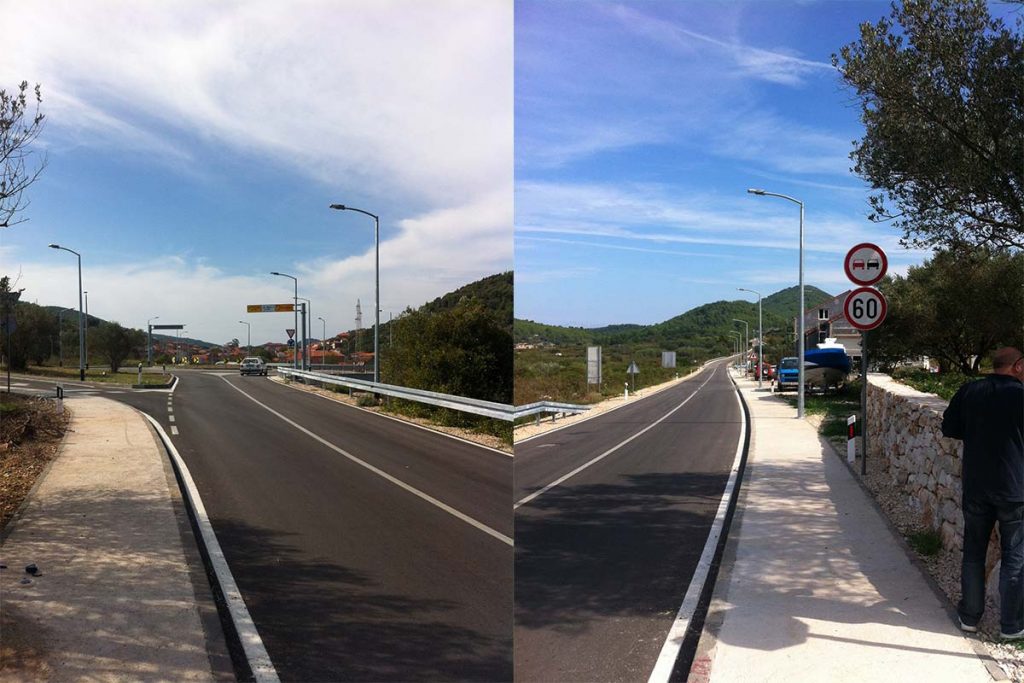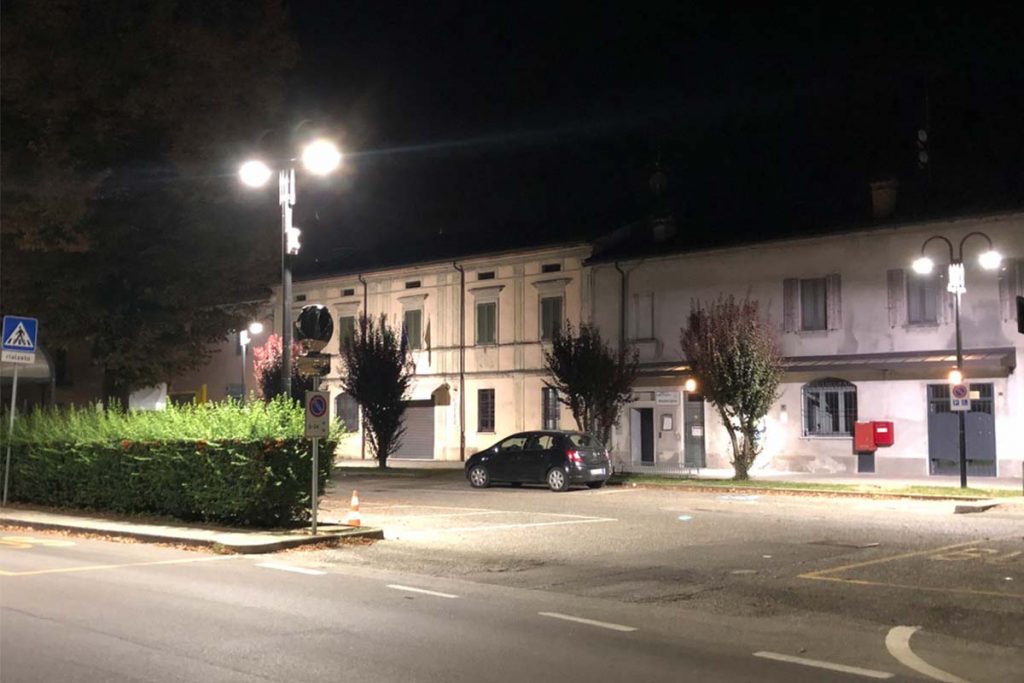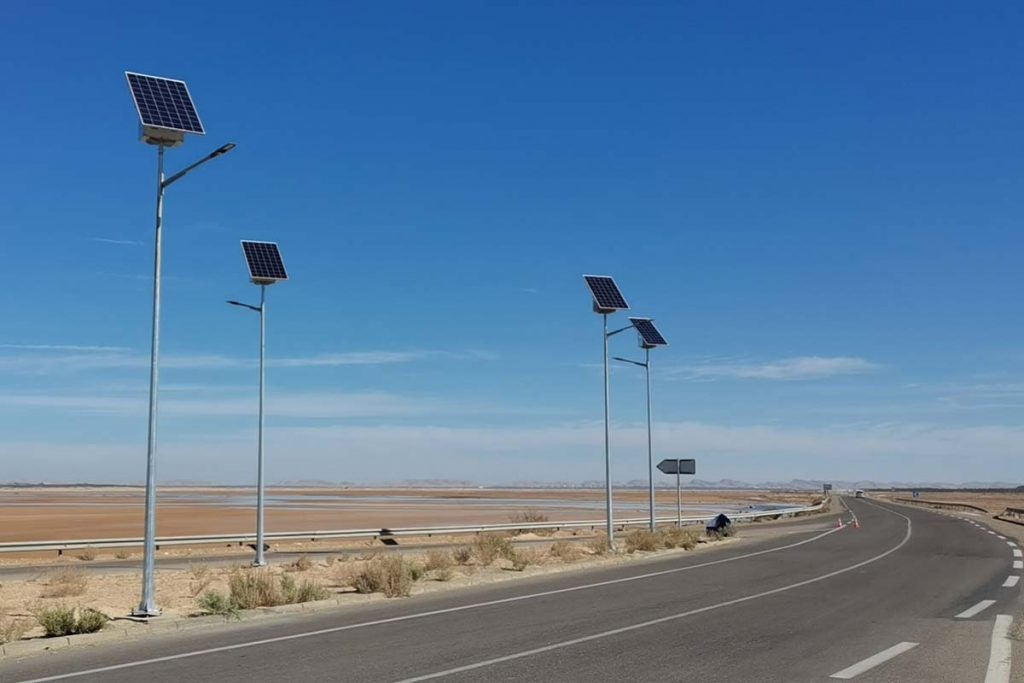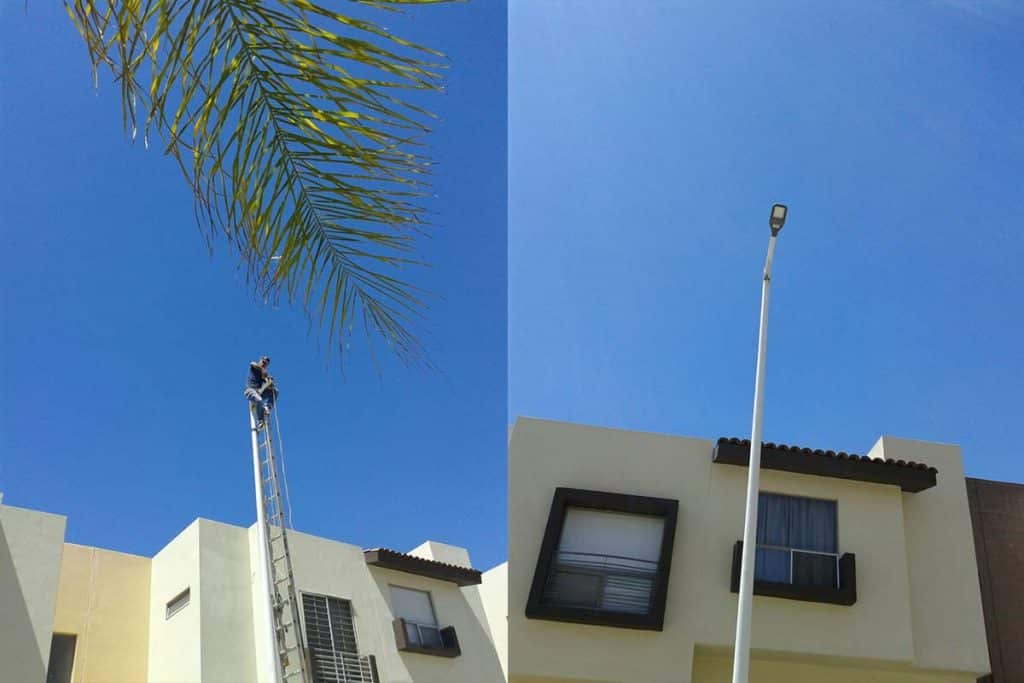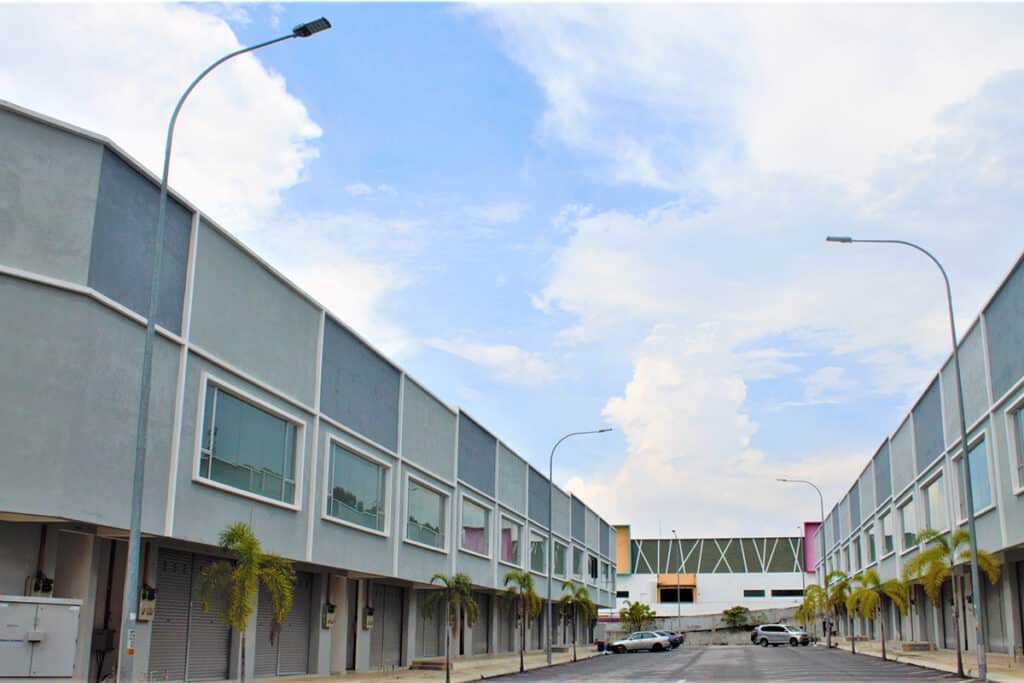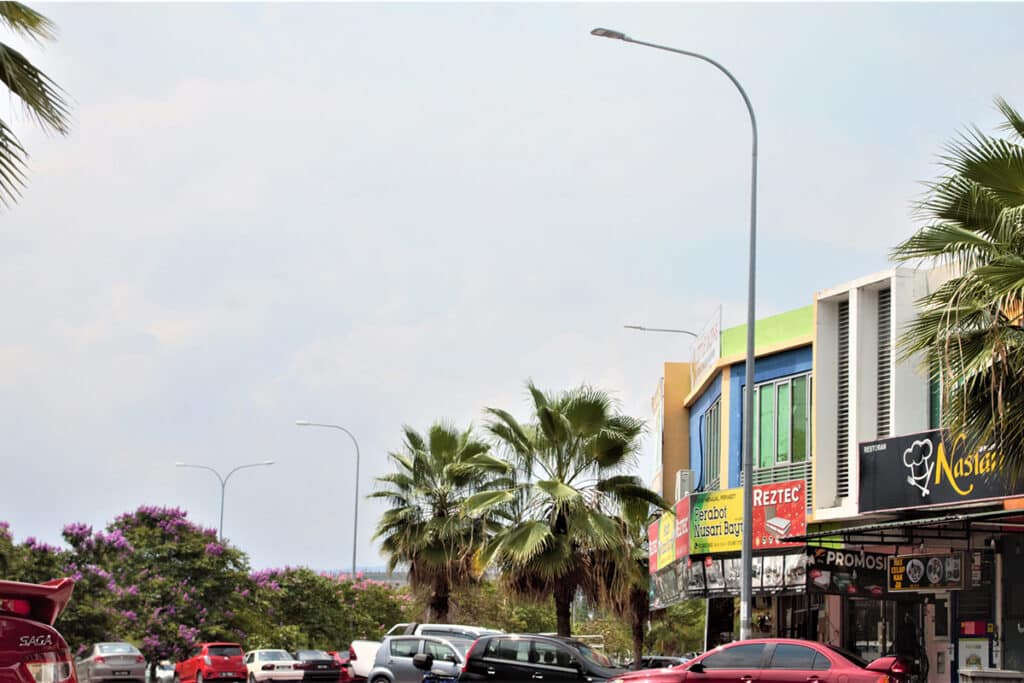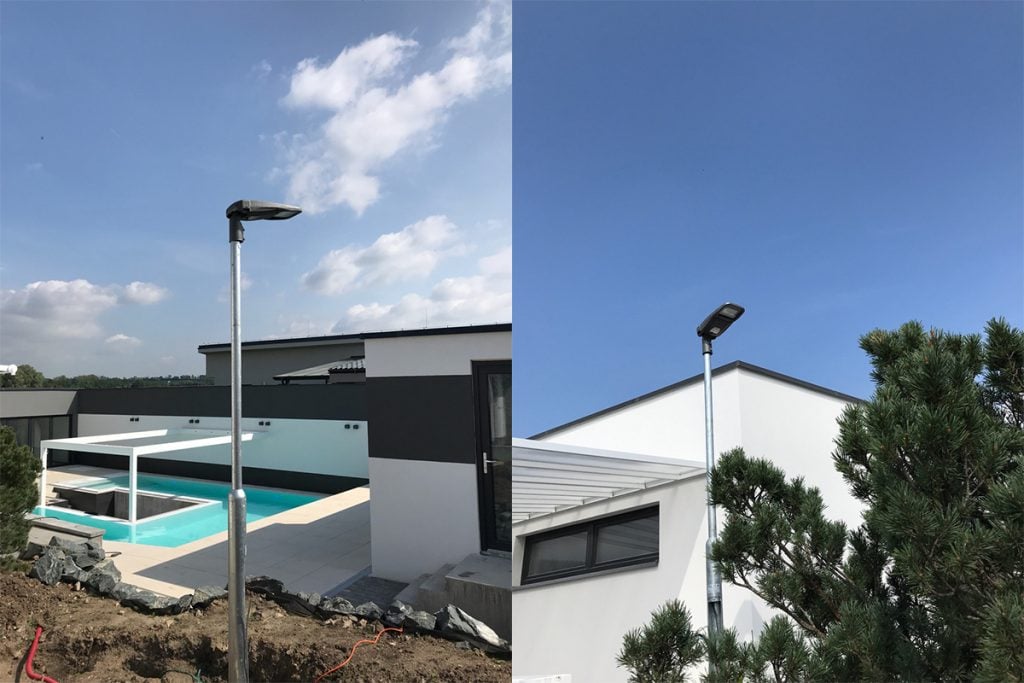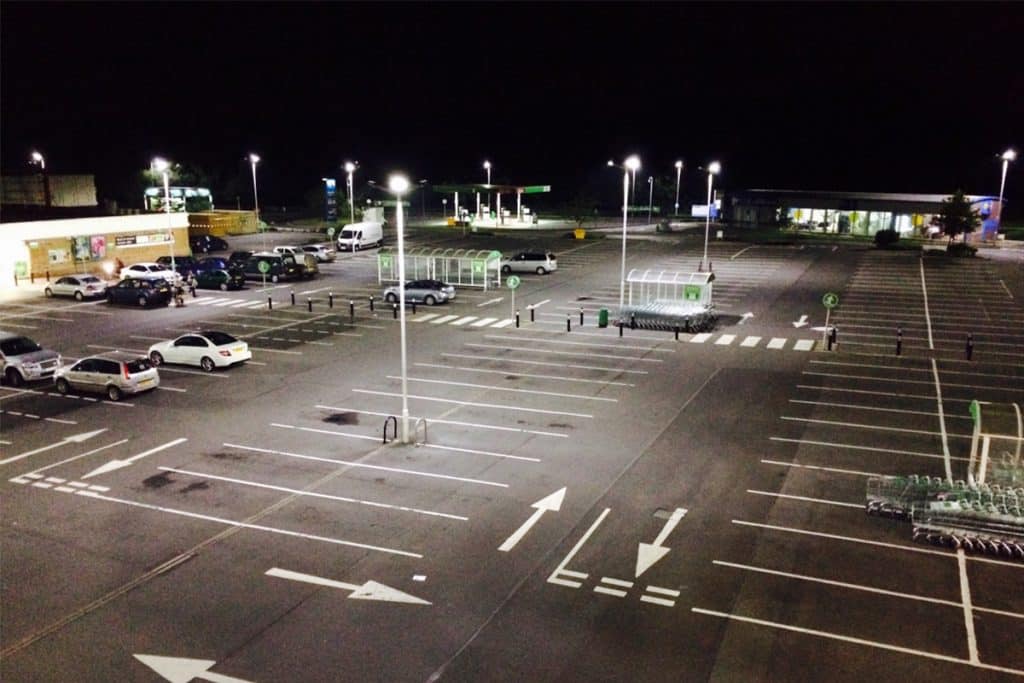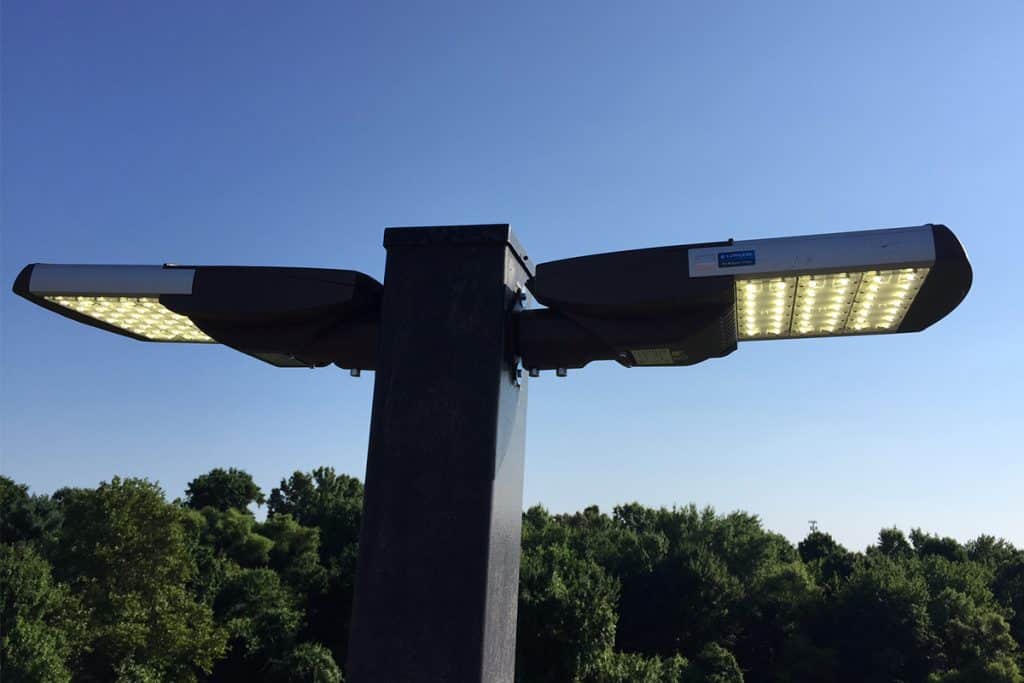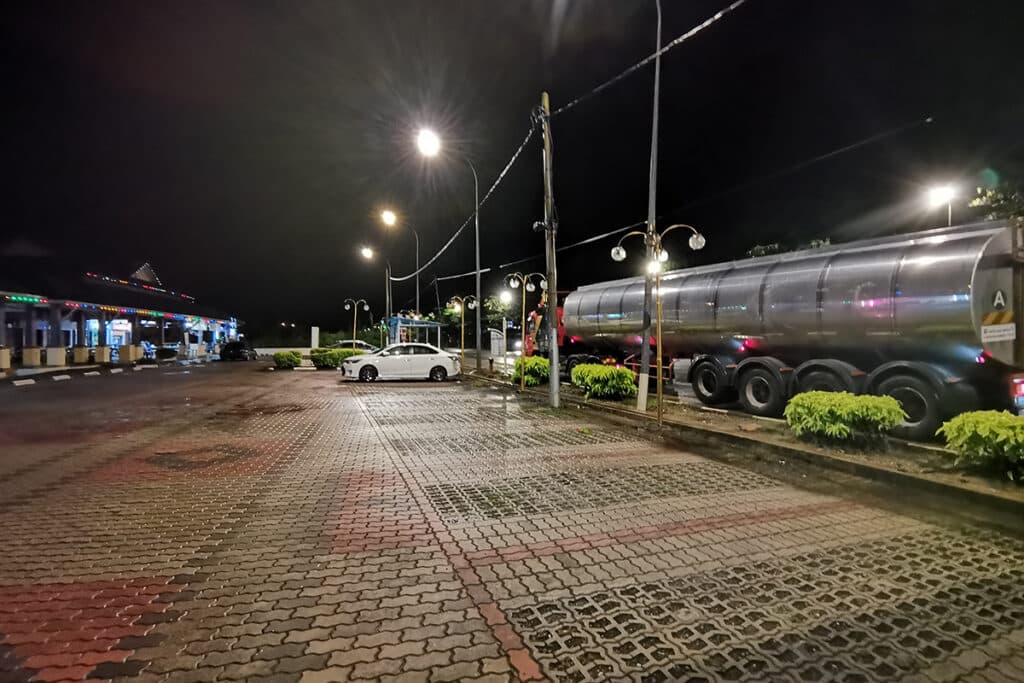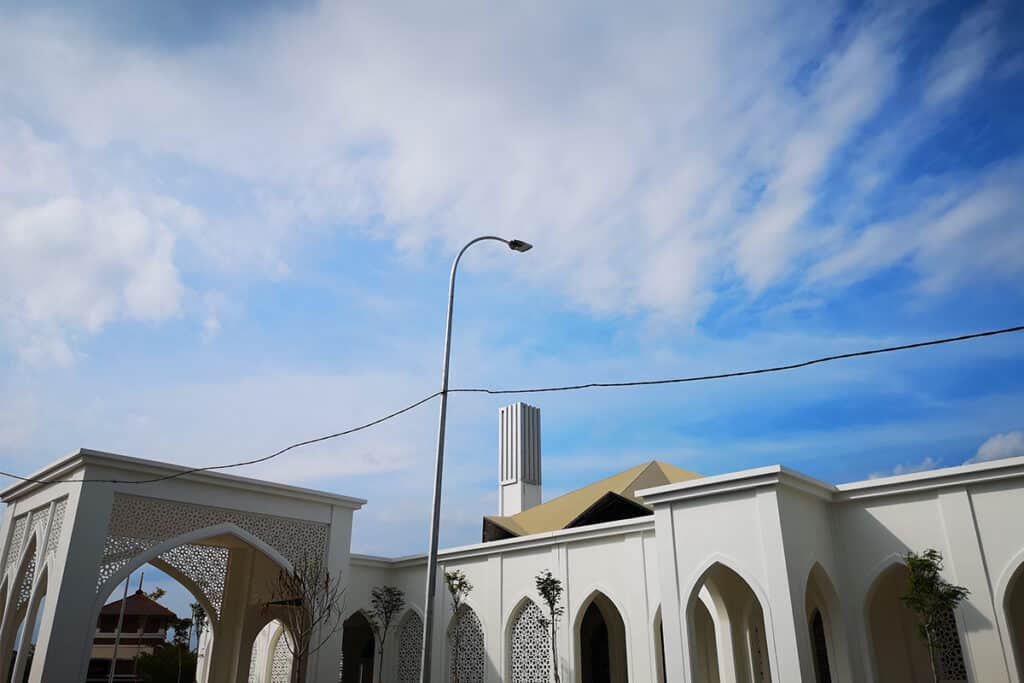Something about IDA lighting and ZGSM DarkSky outdoor lighting
Something about IDA lighting and ZGSM DarkSky outdoor lighting
Introduction
International Dark-Sky Association (IDA) is an international non-profit organization headquartered in Tucson, Arizona, USA. As a global leader in preventing and combating light pollution, IDA works to restore the nighttime environment and protect communities from the harmful effects of light pollution through advocacy, advocacy and conservation.
Light pollution is caused by improper shading of outdoor lighting, which allows unwanted light into our field of vision and the night sky. Among them, the chaotic light hitting the eyes is called glare, and the light projected into the night sky above the horizon is called glow. Improper lighting can also cause light to enter places it shouldn’t, a phenomenon known as light trespass. The mission of the International DarkSky Association is to raise awareness of the impact of light pollution on the environment, human health, and astronomical research, and to take action, including the use of DarkSky outdoor lighting ( ZGSM Darksky lighting solution ), to protect and restore darkness to the night sky.
What is light pollution?
Light pollution is the artificial alteration of light levels that occur naturally outdoors, and it is inappropriate or excessive use of artificial light. Improper or inefficient use of outdoor lighting may cause light pollution, which affects human health and the living environment of wildlife. It also limits our view of the starry sky and is of course a waste of natural resources. Light pollution consists of four main factors: glare, skylight, light intrusion and stray light.
- Glare: It refers to the excessive brightness of strong light entering the glasses causing visual discomfort.
- Sky glow: Illuminates the night sky over inhabited areas, making the night sky brighter instead of dark.
- Light Trespass: Light falling where it is not wanted or needed, causing unnecessary lighting and affecting the living environment of residents.
- Clutter: Uncontrolled, aimlessly scattered light caused by bright, chaotic and excessive light sources, which can cause the above three phenomena.
Purpose of IDA
The International Dark-Sky Association (IDA) is a recognized authority on light pollution and the world’s leading organization in the fight against light pollution. One of its main purposes is to protect the night from light pollution. It develops and promotes standards and documents related to reducing light pollution with lighting manufacturers, electrical engineering companies, lighting and lighting industry-related associations and certification bodies. These collaborations aim to promote the lighting industry to adopt more friendly lighting solutions (DarkSky outdoor lighting), thereby reducing the negative impact on the night environment, providing the following benefits.
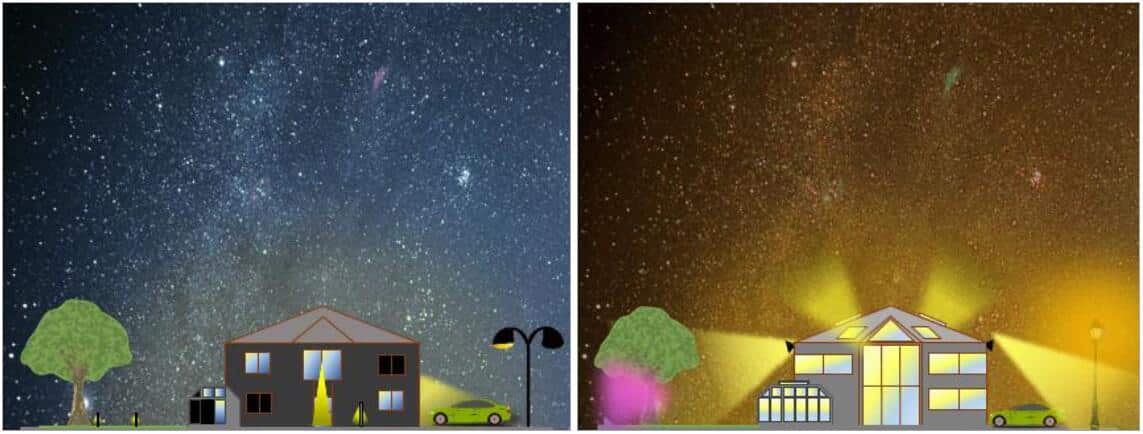
Three main principle of IDA
For nighttime safety we need lighting. However, lights in many cities are non-directional, wasting energy and causing light pollution. The International DarkSky Association (IDA) emphasizes three key points on lighting requirements to reduce light pollution, including shielded, lighting level, and color of light (CCT). First of all, shielded is an effective measure to limit light pollution. It can effectively reduce upward scattered light and effectively guide light to areas that need lighting. Secondly, IDA requires that outdoor lighting should follow corresponding lighting standards to ensure reasonable lighting levels, which can avoid light pollution and energy waste caused by excessive brightness. The standards for outdoor lighting include EN13201 for road lighting, EN12193 for stadium lighting and EN12464-2 for parking lot lighting. Finally, IDA recommends using light sources with warmer color temperatures, generally 3000K, 2700K and 2200K. Low color temperatures can reduce the sensitivity of humans and wildlife to light pollution. IDA believes that proper lighting starts with proper lighting design standards, namely the three-legged stool of shielding, lighting level and CCT mentioned earlier.
1. Shielding
Outdoor lighting should be of a “fully shielded” design, that is, no light is allowed to cast angles greater than 90 degrees. Fully shielded lighting prevents unwanted light from escaping into surrounding areas and the sky above, designed to avoid glare, light pollution and lighting nuisance. ANSI/IES TM-15-20 “BUG” (backlight, glare and glare) classification of outdoor lighting fixtures to ensure that only well-shielded luminaires are used, and non-fully shielded lighting fixtures and street lights are not allowed in any area. In addition, the spectrum of the lamp should be reasonably designed to guide the light to the required area, thereby achieving a more uniform lighting effect. For example, in the past road lighting and other outdoor lighting, such as parking lots, often used angled poles. In this case, the casing/fixture of the outdoor lighting fixture should ensure that the light from the fixture is directed downwards to achieve a complete shielding effect. In addition, a properly designed street light ( Please review case studies of streetlight lamps for housing community. ) , even if it is completely shielded, should be able to cover as evenly as possible the majority of the area that needs to be illuminated is located under the luminaire.
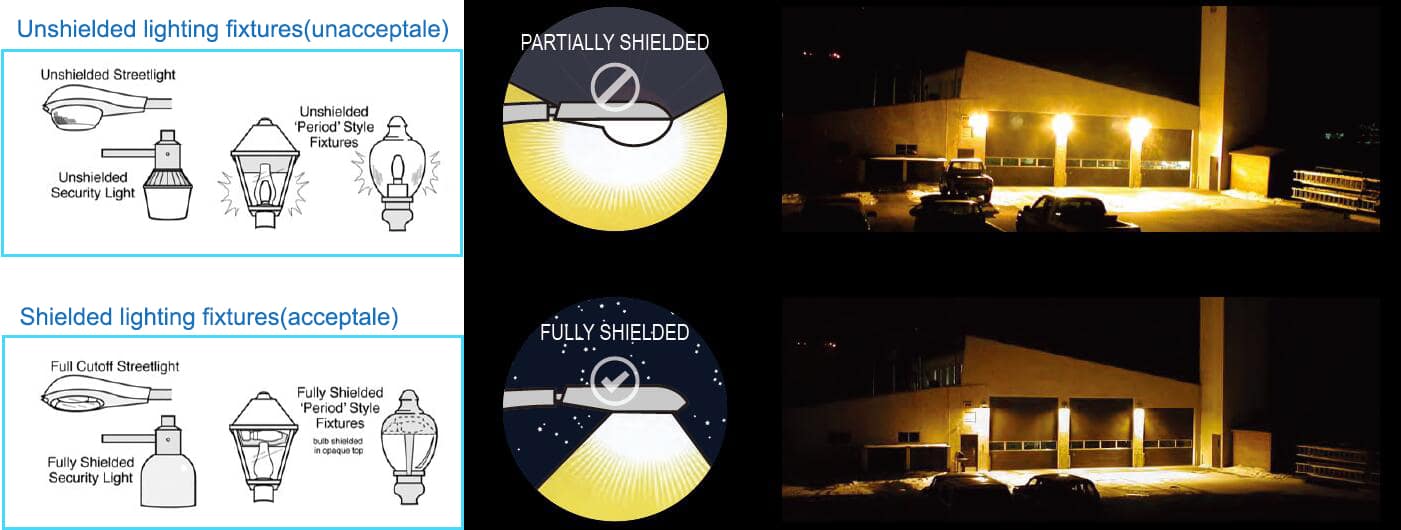
2. Appropriate lighting levels
Outdoor lighting is prone to over-illumination, which can lead to light pollution. Therefore, it is necessary to determine the appropriate lighting level at the initial stage of lighting design. For outdoor lighting, there are several relevant standards that can be referred to, as we mentioned in the previous chapters. By doing a lighting simulation, we can limit the total number of lighting fixtures to ensure that the lighting is both appropriate and needed. In addition, it should be ensured that an appropriate number of lighting fixtures are directed downwards rather than upwards to reduce light pollution. Finally, the output of the luminaire should be adjusted as needed, and the brightness of the luminaire can be adjusted in real time using timers, motion sensors, dimmer switches, etc., thereby reducing unnecessary lighting. Not only does this comply with International Dark-Sky Association (IDA) requirements, it also reduces electricity costs for municipalities and homeowners. Therefore, in the design and implementation of outdoor lighting schemes, these factors need to be considered comprehensively to achieve appropriate lighting levels, reduce light pollution, and reduce energy consumption, that is, to provide reasonable, less polluting, energy-saving and necessary lighting.
3. Lighting color
The color of light does play an important role in outdoor lighting. Light with a higher color temperature tends to be cooler and illuminate the night sky brighter. Research shows that light with high color temperatures is rich in blue, and that this blue light radiation may have negative effects on human health and wildlife. For example, prolonged exposure of humans to blue light radiation at night can disrupt their biological clocks and lead to sleep problems. Excessive blue light illumination can also affect the retina, leading to retinal damage-related diseases such as myopia. For wild animals, blue light illumination may affect their ecological behaviors, such as migration, reproduction, and foraging. Because they are attracted by light and become disoriented.
In light of these issues, IDA recommends the use of warm amber lighting for outdoor lighting, with a color temperature typically at 3000 Kelvin or lower. ZGSM believes that color temperature is an important parameter to consider, but we must also pay attention to the relationship between light efficiency and color temperature. Generally speaking, the higher the color temperature, the higher the luminous efficiency of the lamp, so there is sometimes a trade-off between choosing a lamp that meets IDA standards and luminous efficiency.
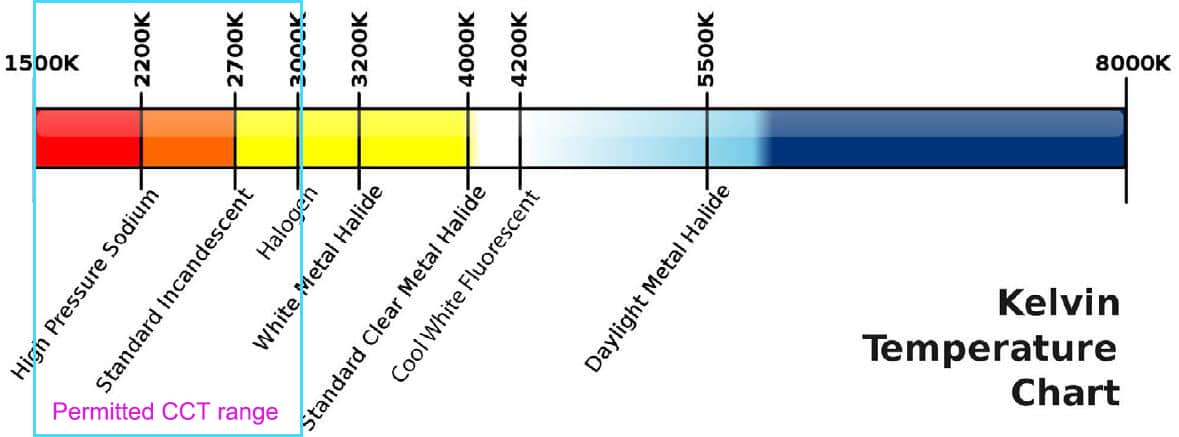
Lighting zone classification by IDA
The lighting area refers to the area where the general conditions related to the lighting use are very different, so the lighting standards in the lighting specification have a certain difference. There are three ways for the lighting area:
The International Dark-Sky Association (IDA) usually uses a system called “LZ” for the division of lighting zones, which indicates different levels of light pollution. These levels range from LZ0 to LZ4, representing different degrees of light pollution and nighttime environmental quality:
LZ0: Uninhabited natural area without any artificial light pollution. It’s usually national parks and wilderness reserves, so it needs to be given all the protections it needs to maintain their status. We classify this area as LZ0 – DarkSky Reserve.
LZ1: Rural areas or remote locations with low light pollution levels where most objects are visible in the night sky. It is usually a buffer area for some countryside and national parks.
LZ2: Small towns or suburban areas with moderate levels of light pollution, but still have some degree of night sky light pollution. It is usually located between dark areas and urban environments, i.e. small towns or suburbs.
LZ3: In cities and peri-urban areas, light pollution levels are high, and the visibility of stars and planets in the night sky is affected to a certain extent. It includes some large towns and surrounding areas of cities.
LZ4: In areas of intense light pollution, usually large cities or industrial areas, the night sky is almost completely invisible, and only the brightest stars and planets can be seen. They tend to be urban centers and industrial areas that are also particularly busy at night.
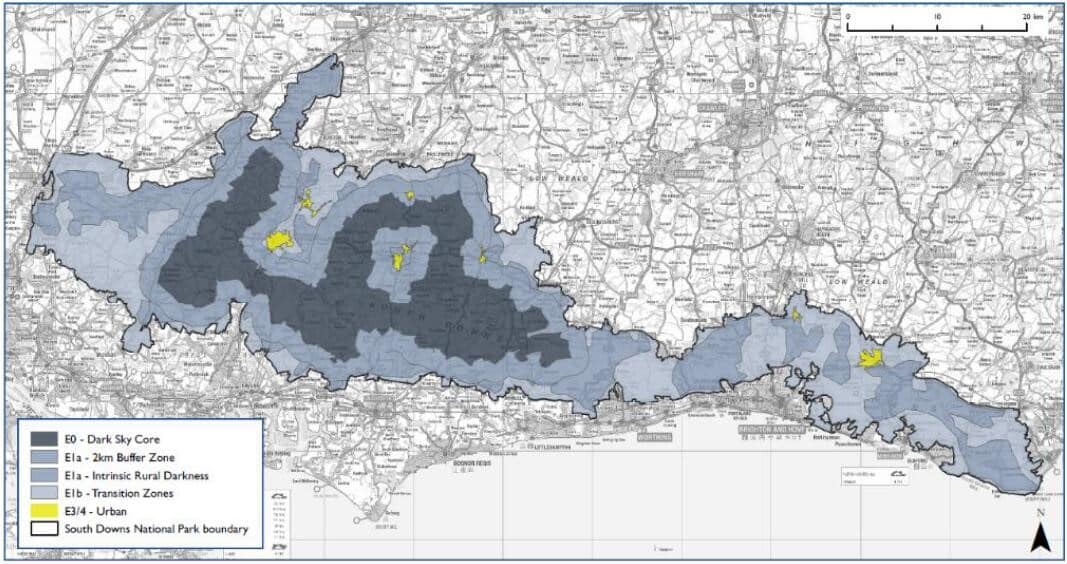
Recommendations from IDA and municipalities
According to the requirements of the International DarkSky Association (IDA) and municipalities, lighting fixtures should be shielded, and the light distribution curve is sometimes required to be fully cut off (see relative blog for details). Use LED technology as a directional light source, which limits the use of high-pressure sodium lamps and halogen lamps. According to the requirements of different lighting zones, the luminous flux is reduced after 22:00 in the evening to reduce light pollution. In addition, lighting fixtures should be equipped with PIR or on/off switch or period dimming to light up when needed to reduce unnecessary lighting. Lighting fixtures should also provide color temperature options below CCT3000K to meet specific requirements. Also make sure to follow other recommendations from local regulations to protect the night sky and the natural environment. The following are the requirements of municipalities for lighting fixtures within their jurisdictions.
| LZ0 | LZ1 | LZ2 | LZ3 | LZ4 |
| No light | Fully cut off lights (with the glass protection which is completely flat and installed horizontally) | Fully cut off lights | Fully cut off lights | Fully cut off lights |
| Additional shielding PIR systems or on/off switches | PIR systems or on/off switches | PIR systems or on/off switches | No up lighting of | |
| Always switch off after work complete | Always switch off after work complete | Always switch off after work complete | After 24:00hrs: reduce light illumination even further | |
| No up lighting | No up lighting of | No up lighting of | / | |
| After 22:00hrs switch off | After 22:00hrs: max 3,500 lumens or switch off / reduce light illumination even further | After 22:00hrs: max 3,500 lumens or switch off / reduce light illumination even further | / | |
| No sky beams | No sky beams | No sky beams | / |
In conclusion, IDA recommends that we take the following measures for DarkSky outdoor lighting: illuminate only the required area (using shading devices), light only when needed (using dimming technology), and use only the necessary luminous flux (adjust according to lumen requirements) lighting level), and select the color temperature (CCT) of the light source as needed. ZGSM believes that these measures are very necessary to help achieve the goals of DarkSky and to minimize adverse impacts on the natural environment, wildlife and humans. This ensures that our lighting is purposeful and only used when necessary, reducing unnecessary energy consumption while also helping to protect the natural environment.
ZGSM DarkSky outdoor lighting
ZGSM’s ( Street Lamp Manufacturers ) outdoor lighting fixtures can meet the requirements of the International DarkSky Association. For example, the lamps developed by ZGSM in recent years all meet the shielding requirements. In addition, ZGSM’s lamps have optional color temperatures, including 2200K, 2700K and 3000K. Lighting levels are strictly implemented in accordance with lighting requirements and relevant standards. In addition, our lamps can be equipped with switching functions and period dimming functions to reduce lighting during unnecessary periods. The following is the product range of ZGSM-DarkSky outdoor lighting including streetlights, floodlights, sport lights and others.
Summary
This article mainly introduces what IDA is, light pollution, and IDA’s efforts to reduce light pollution. These efforts include shielded outdoor light fixtures, appropriate lighting levels, color temperature of lamps, etc. We know from study that the IDA advocates the use of shaded luminaires, ensuring proper lighting levels, choosing the right luminaire color temperature, and certification as a “DarkSky Sanctuary.” They encourage people to take action and promote environmentally friendly and human-friendly lighting practices, working together to create a clearer, healthier night-time environment. Through these efforts, IDA is shaping a society that pays attention to the issue of light pollution and cherishes the beauty of the night sky, paving the way for future research on nighttime environments and astronomy. If you are interested in DarkSky and DarkSky outdoor lighting, please contact ZGSM for more related information.
Rated Products
Related Blogs
Related Cases
People also ask
Author introduction
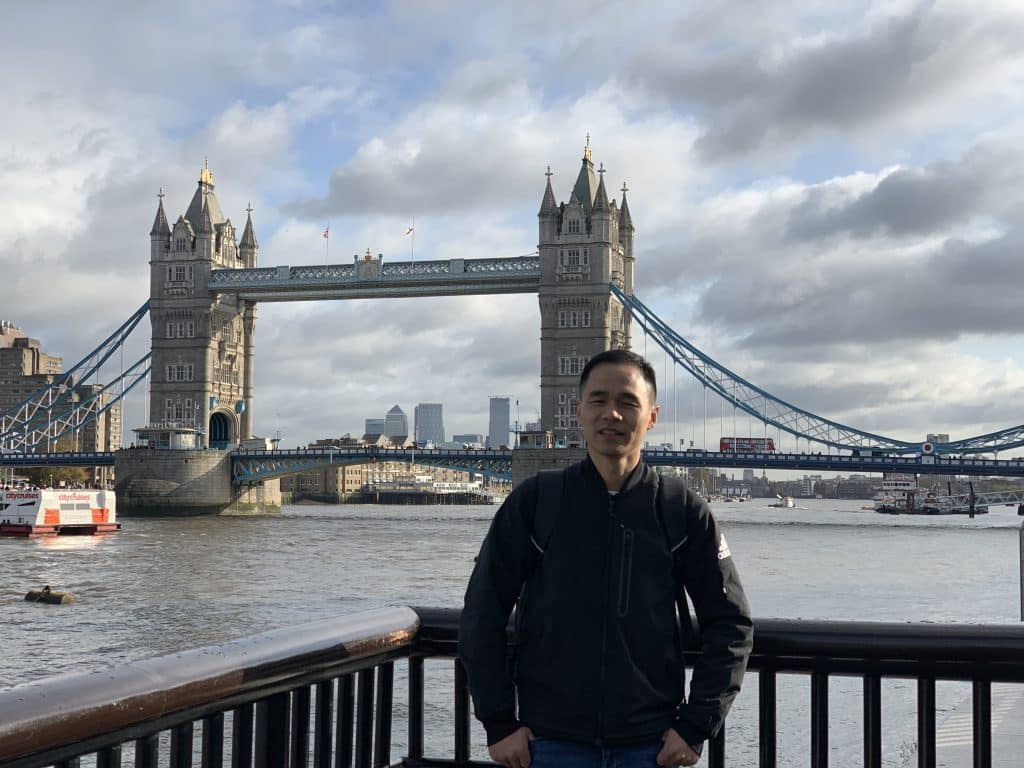
Hello Customers,
My name is Taylor Gong, I’m the product manager of ZGSM Tech. I have been in the LED lights industry for more than 13 years. Good at lighting design, street light system configuration, and bidding technology support. Feel free to contact us. I’m happy to provide you with the best service and products.
Email: [email protected] | WhatsApp: +8615068758483

